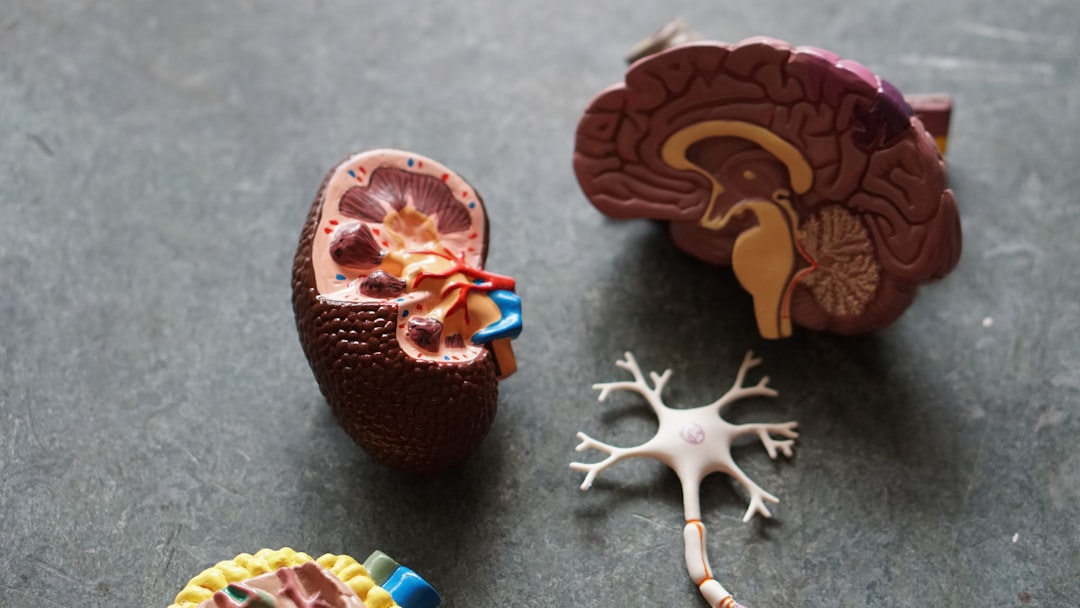What is it about?
In this study we compared the wildlife communities observed in gentrified and not gentrified parts of 23 cities all across the United States. Overall we found that gentrification increases species richness in most cities, and that this effect is greatest in gentrified areas that are not completely paved (i.e., have lower levels of impervious cover, on average).
Featured Image

Photo by Pete Nuij on Unsplash
Why is it important?
To increase environmental equity in cities, it is imperative to better understand social–ecological disparities in biodiversity. Our analysis demonstrates that gentrification, coupled with variation in impervious cover, shapes mammal distributions across US cities such that gentrified parts of cities have 1 to 2 more species on average. Because gentrification also displaces less- affluent human residents, our results provide further evidence that aspects of nature are less accessible to some people. Thus, cities need to develop equitable policies to avoid displacement and nature dispossession of marginalized communities.
Perspectives
To me, this is a rather timely publication. There has been a growing interest in how social processes in cities, like gentrification, may have ecological consequences. Here, we show that this is true, and that there are aspects of nature in cities that marginalized human communities have less access to.
Mason Fidino
Lincoln Park Zoo
Read the Original
This page is a summary of: Gentrification drives patterns of alpha and beta diversity in cities, Proceedings of the National Academy of Sciences, April 2024, Proceedings of the National Academy of Sciences,
DOI: 10.1073/pnas.2318596121.
You can read the full text:
Contributors
The following have contributed to this page










